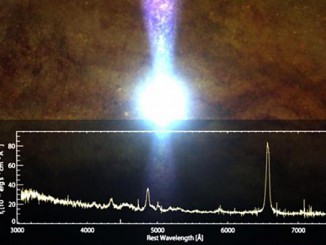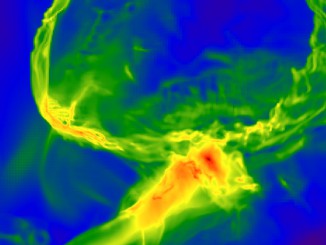
First light for future black hole probe
Zooming in on black holes is the main mission for the newly installed GRAVITY instrument at ESO’s Very Large Telescope in Chile. During its first observations, GRAVITY successfully combined starlight using all four 1.8-metre Auxiliary Telescopes. The first observations using GRAVITY with the four 8-metre VLT Unit Telescopes are planned for later in 2016.









